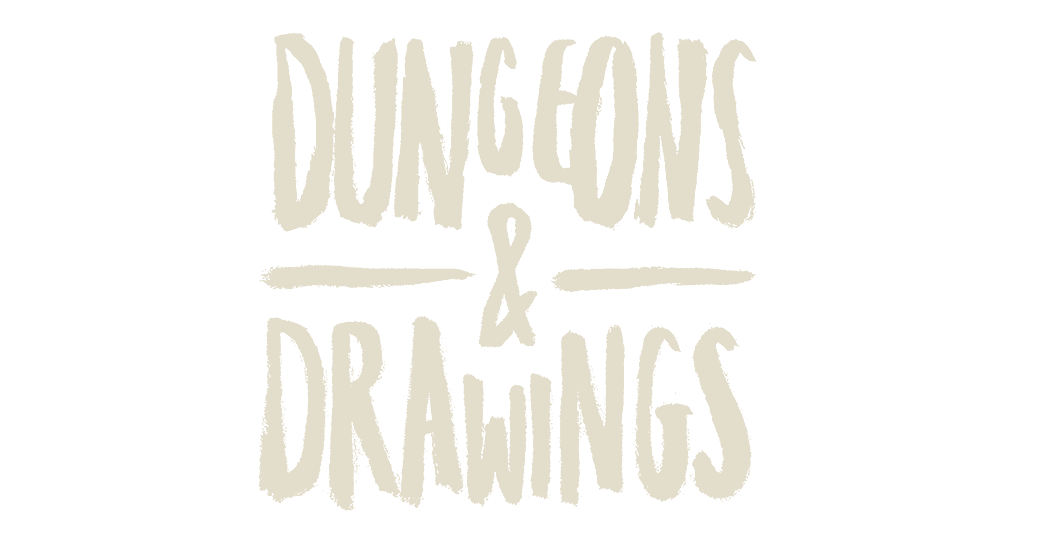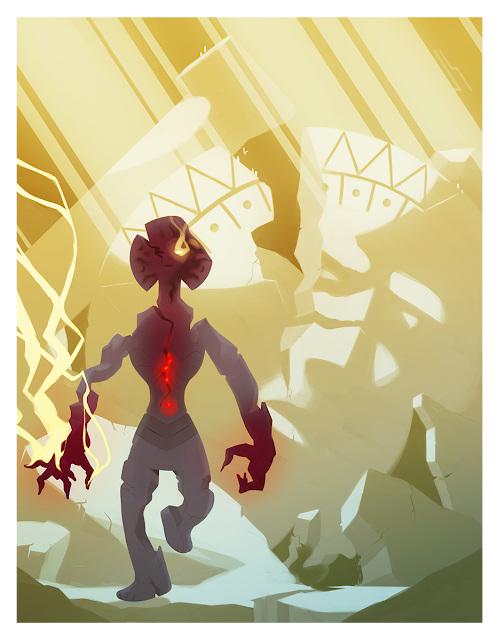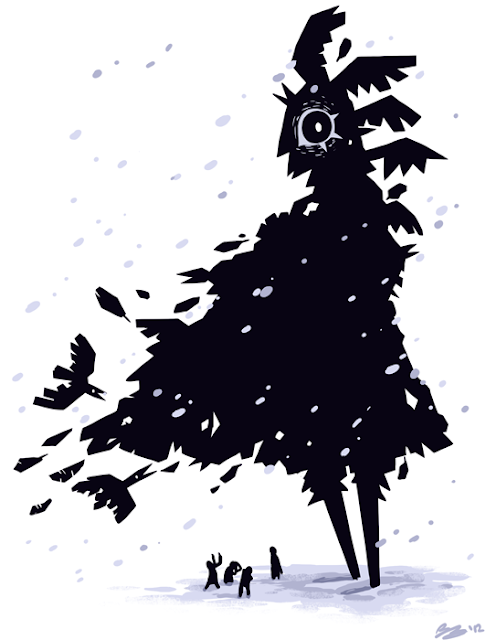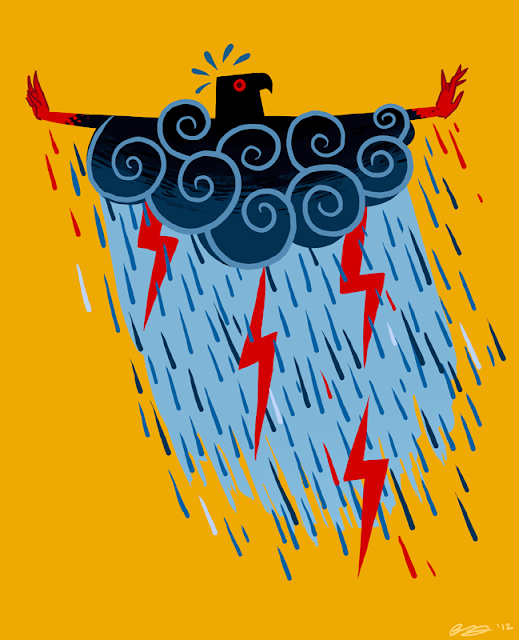A Rogue Eidolon usually begins as a statue or idol to a deity in a temple or place of power. Whether by the intent of its deity or merely an unintended result of proximity to divine rituals, the statue is imbued with or accrues a spark of divine power from the god it was built to venerate.
In some rare cases, however, this strange power causes them to spontaneously experience a degree of sentience. The result is often catastrophic. The shock of awakening sends the unprepared golem utterly insane, spelling death for its unsuspecting worshippers. Should a Rogue Eidolon escape, there is no telling what it might do, as its movements are frantic and random - it will attack any and all creatures it finds in a mad rage.
Not only does a Rogue Eidolon have all the benefits of being a construct (huge strength, immunity from many forms of damage) but its corrupted divine power gives it some terrifying abilities - its touch sends men mad (and we're not talking 1d4 rounds here, we're talking a permanent Confusion spell that can only be removed with a Wish) and, horribly, it weeps a sort of blood from the divine symbols on its body, which it can regurgitate in a spray at foes. This blood also has a maddening effect that causes its victims to attack their allies.
Those of you who've read the entry for Rogue Eidolons probably realise that I've been a
little liberal in my interpretation of the text - technically they only count evil gods as patrons. However, I really like the Rogue Eidolon with an emphasis on
Rogue - as in, something that starts out good but "goes rogue". The idea of an evil statue coming alive and doing bad things seems pretty straightforward. But what if the same was possible of a statue dedicated to someone like Pelor? I really like the idea that divine power - even the divine power that comes directly from a good-aligned god - can at some point become perverted, corrupting. It makes the idea of the Rogue Eidolon seem like a really nasty aberration that needs to be stamped out.
The illustration above is actually of a Rogue Eidolon of Pelor who's the villain in a campaign I'm writing. Not only is he murderously crazy, but his Evil Plan actually involves trying to
kill Pelor, who he (understandably?) resents.
Trying to develop my style of digital painting some more. Particularly inspired by the art style of Dota 2, which I've been playing a bunch.
Please view the full-size version!

















































